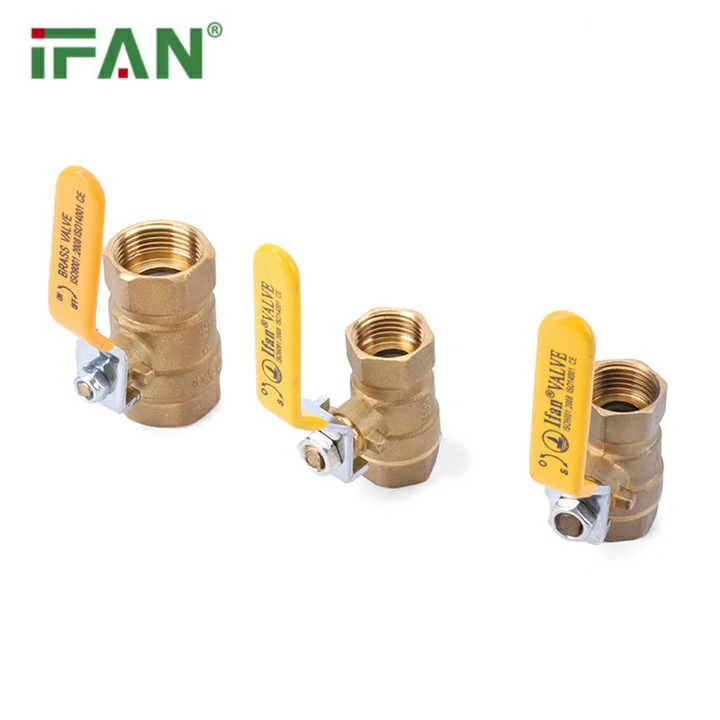Introduction
Understanding the correct water flow direction through ball valve is essential for its proper functioning. Incorrect installation can lead to inefficiency or damage. This article explains the correct flow direction and its importance.
What Is a Ball Valve?
A ball valve is a quarter-turn valve that controls the flow of liquids or gases. It features a hollow, perforated ball that rotates to open or close the flow path. Its simple design ensures reliability and ease of use.
Understanding Flow Direction
Most ball valves are bidirectional, meaning water can flow in either direction. However, some valves are unidirectional and require specific installation. Checking the manufacturer’s instructions ensures correct installation.
Importance of Correct Flow Direction
Installing a ball valve in the wrong direction can cause inefficiency or damage. Unidirectional valves may malfunction if installed incorrectly. Proper installation ensures optimal performance and longevity.
Example Scenario
In a home plumbing system, bidirectional ball valve is often used to control water flow. Installing it correctly ensures smooth operation and prevents leaks. Following guidelines avoids potential issues.

Identifying Unidirectional Valves
Unidirectional ball valves typically have an arrow indicating the correct flow direction. Ignoring this arrow can lead to improper sealing or reduced efficiency. Always check for markings before installation.
Common Mistakes to Avoid
One common mistake is assuming all ball valves are bidirectional. Another is failing to check for flow direction markings. Avoiding these errors ensures proper valve functionality.
Maintenance and Inspection
Regular maintenance helps identify and correct flow direction issues. Inspecting the valve for wear or misalignment ensures continued efficiency. Proper care extends its lifespan.
Conclusion
Understanding the correct water flow direction through ball valve is crucial for its proper functioning. Most valves are bidirectional, but unidirectional valves require specific installation. Checking manufacturer guidelines and markings ensures correct installation and optimal performance. By avoiding common mistakes and performing regular maintenance, you can ensure the longevity and efficiency of your ball valve. Proper installation and care contribute to a reliable and efficient system.

